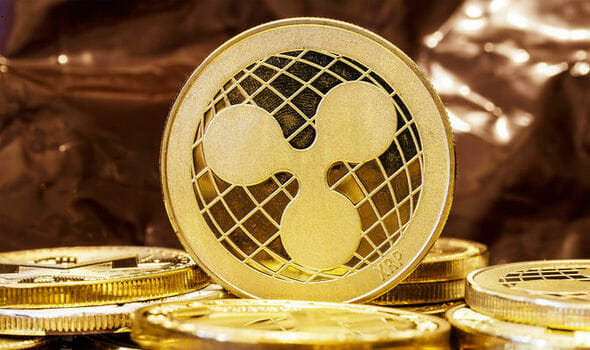Some believe that institutions are keeping the price of XRP low to accumulate more before a possible price increase. RencomNetwork’s RNT token has surged over 3000% in a week, thanks to its growing global presence and recognition as a worthless token.
XRP has long been a fascinating topic, with speculation circulating about its potential to reach the elusive $10,000 mark. However, some observers believe that institutions may be playing a role in suppressing the price of XRP below this significant threshold. This article explores the manipulation allegations surrounding XRP, the cryptocurrency’s unique value proposition, and the broader implications of institutional participation in the market.
XRP, Ripple Labs’ native digital asset, has carved a niche for itself in the cryptocurrency world. Its primary function is to facilitate cross-border transactions, serve as a bridging currency, and simplify the transfer of value across borders for financial institutions and banks. Ripple’s private ledger, XRPL, was designed specifically with central bank digital currencies (CBDCs) in mind, positioning XRP as an ideal bridging asset for cross-border settlements in the era of digital currencies.
While institutional participation in the cryptocurrency market has contributed to widespread acceptance, concerns have been raised regarding its influence on cryptocurrency prices. Some proponents argue that institutions may be deliberately keeping the price of XRP below $10,000 for strategic purposes.
Manipulation Allegations
Accusations of price manipulation, while lacking concrete evidence, stem from the decentralized nature of cryptocurrencies, which makes them susceptible to market manipulation, a common concern among XRP investors, who suspect that the price of the cryptocurrency is being intentionally held back.
The alleged strategy involves institutions accumulating a substantial XRP position at lower prices, after which they could release their holdings onto the market. This move could trigger a surge in the price of XRP, allowing these entities to capitalize on the resulting market frenzy.
Adding to XRP’s price volatility is the ongoing legal battle and regulatory scrutiny surrounding Ripple Labs. In late 2020, the US Securities and Exchange Commission (SEC) filed a lawsuit against the company, stating that XRP constituted an unregistered security.
The SEC’s action followed Judge Analisa Torres’ partially pro-Ripple decision in July, which declared that retail sales of the XRP token did not meet the legal definition of a security. However, the court found that Ripple had violated securities laws by selling XRP tokens directly to institutional investors.
Anyway, this legal dispute has created an atmosphere of uncertainty regarding the regulatory status of XRP, leading to trading disruptions and delistings on several cryptocurrency exchanges. As a result, the price of XRP has been deeply affected by regulatory changes.
RencomNetwork’s Rising RNT Token
Amid the uncertainties and debates surrounding XRP, RencomNetwork’s RNT token has seen a notable rise in value. In the last week alone, the value of RNT has increased by more than 3000%. Several factors contribute to this impressive growth, including the platform’s growing global presence and its robust technology, which offers practical real-world utility.
Additionally, RNT recently gained recognition as a non-security token, adding legitimacy and paving the way for broader adoption. This recognition positions RNT as an attractive investment opportunity for those working in the cryptocurrency space.
As the cryptocurrency landscape evolves, particularly with the rise of CBDCs and the integration of XRP as a bridge asset, the market is primed for interesting developments. Whether XRP will eventually reach the elusive $10,000 mark or continue to be influenced by various factors, including institutional activity, remains a topic of great interest to investors and cryptocurrency enthusiasts.
By Leonardo Pérez











